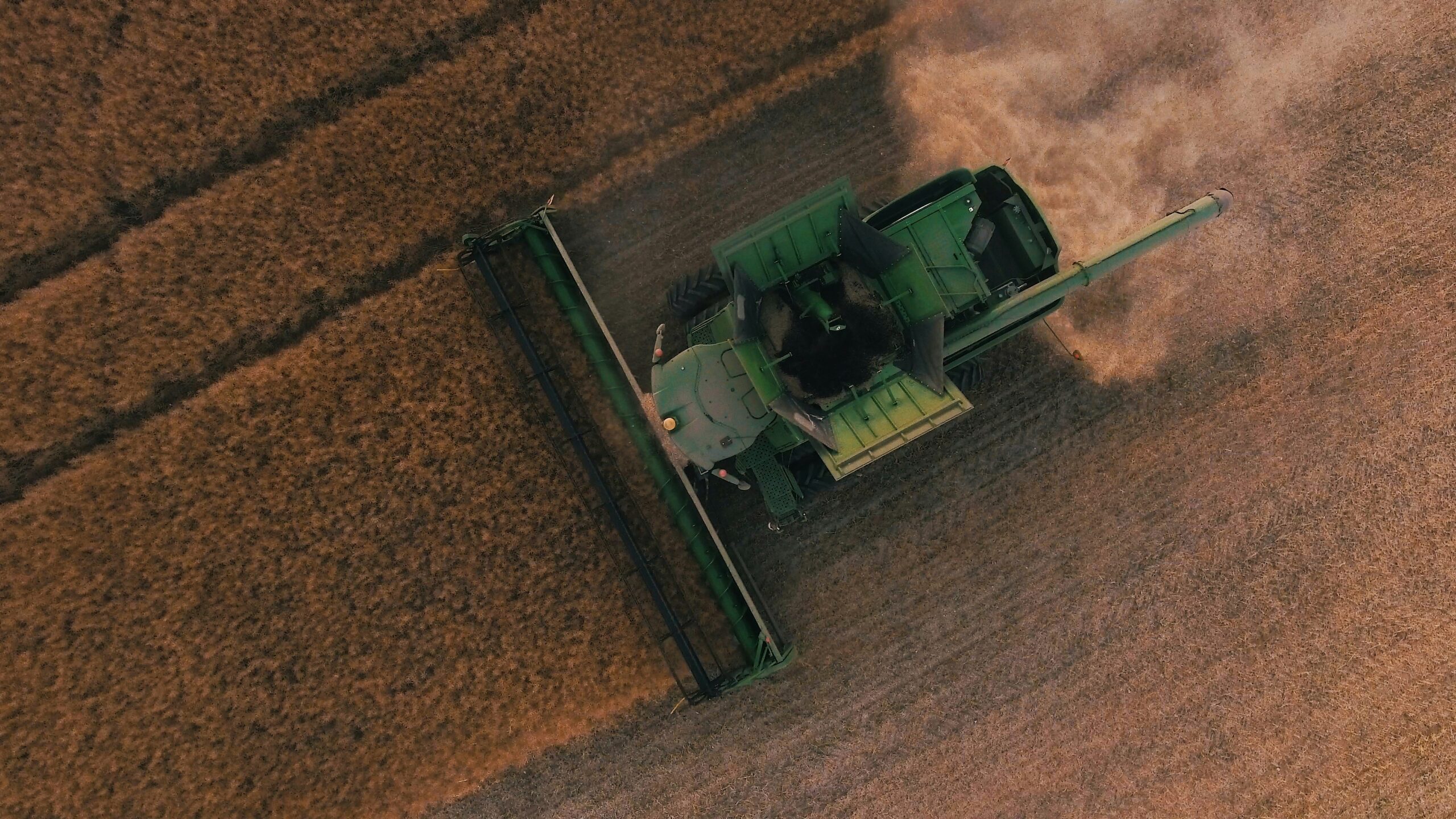
As global temperatures rise and extreme weather events become more frequent, ensuring food security for a growing population is arguably the most critical challenge we face.
Climate change is disrupting where and how we grow key food crops, raising the spectre of reduced yields, higher prices and, in the worst case, food shortages.
A Perfect Storm
Three interrelated factors are contributing to this situation:
- Climate change. Global heating, extreme weather, and other effects of climate change will alter the conditions in which crops are currently grown. Different plant varieties thrive in different climatic zones, and as those zones become hotter or colder, drier or wetter, the number of crops that can be grown in those zones today will diminish.
- Land availability. The projected shortfalls due to climate change as described above cannot be addressed simply by moving crop production onto new land. We already utilize around half of all habitable land on Earth for agriculture, and opportunities for adding new arable land are diminishing. In any case, expansion of agricultural land is an unattractive option due to the negative environmental effects such as deforestation and biodiversity loss – that come with it.
- Population growth. The world’s population is projected to continue growing for several decades, leading to a substantial increase in food demand. Additionally, crops like maize are finding new applications in biofuels, creating competition with food markets, and further pushing demand upwards.
Taken together, these three factors are creating a “perfect storm” for food security. Cultivable land is diminishing, demand for food is rising, and existing crops face threats from a changing environment.
Fortunately, we already possess a powerful set of tools to address these challenges.
Crop inputs are products and technologies we can apply to crops, or the soil they grow in, to optimize yields. Examples include fertilizers, pesticides, and biostimulants, among others.
By leveraging cutting-edge innovations in this field, farmers can enhance crop resilience and adapt to the impacts of global heating, more frequent extreme weather events, drought, flooding, and heatwaves.
Boosting Production and Resilience
Crop inputs can be broadly categorized into three main categories:
Crop nutrition: Designed to encourage plant growth and boost yields, this category includes fertilizers that deliver essential nutrients to plants, biostimulants that accelerate natural processes for nutrient uptake and growth, and soil amendments that improve soil structure and pH levels for better nutrient mobility and reduced erosion.
Crop protection: Aimed at protecting plants from pests, weeds, diseases, and adverse weather conditions, this category encompasses a wide range of products tailored to safeguard crops from various hazards.
Seed science and plant genetics: This category focuses on the development and application of genetically modified or improved crop varieties that are better suited to withstand the challenges posed by climate change.
The Biological Revolution in Crop Inputs
While conventional, chemical-based inputs have played a significant role in agriculture for much of the past century and more, much of the most promising innovation in the space involves biological agents that can partially or completely replace agrochemicals and reduce the emissions, pollution, and toxicity risk associated with the latter.
These biologicals include:
- Biochemicals and semiochemicals such as enzymes, peptides, and pheromones to combat pests (e.g., Vestaron, PheroSyn)
- Bio-based, targeted delivery or encapsulation for agrochemicals that reduce their environmental impact (e.g., Vive Crop Protection, Hudson River Biotechnology)
- Nitrogen-fixing microbial products that complement synthetic fertilizers by boosting natural drawdown / uptake of nitrogen (e.g., Kula Bio, Pivot Bio)
Many of these biological inputs are already well-established products, and their application methods, such as spraying, are similar to those of legacy chemical products. This familiarity can facilitate easier adoption among farmers, making the transition smoother.
Cleaner Inputs Supply Chain
Another area of crop inputs innovation is cleaner methods of manufacturing, distributing, and applying crop inputs:
- Biomanufacturing including precision fermentation enables the production of next-generation biological and chemical crop inputs sustainably and at scale (e.g., Locus, Pluton Biosciences)
- Decentralized production of fertilizers closer to point of use, reducing overall emissions footprint (e.g., Jupiter Ionics, Nitricity)
New Crop Varieties
The latest advances in biotechnology mean we can speed up the process of selective breeding, which has been used by farmers for millennia to produce more efficient crops.
- Gene-editing for selection of traits to reduce loss and waste, such as wind-resistant short stature corn (e.g., Bayer), saltwater-tolerant wheat (e.g., OlsAro), or non-browning bananas (e.g., Tropic Biosciences, OlsAro, NuCicer)
- Tolerance to agrochemicals, protecting crops and yields while eliminating target pests and weeds
- Seed coatings / inoculants that introduce beneficial microbes to root zone / soil, improving nutrient uptake and nitrogen / carbon fixation (e.g., Andes, Loam Bio)
AI / ML is becoming increasingly important in crop inputs innovation, accelerating conventional discovery, R&D, and compliance processes that originally saw >10-year timelines for new products to come to market:
- Discovery and development of new biological compounds that can be used for crop nutrition or protection purposes (e.g., Boost Biomes, FA Bio)
- Discovery of new modes of action that overcome resistance by changing the way the product interacts with the target (e.g., Enko Chem, Moa Technology)
- Discovery of desirable genetic traits in crops (e.g., Inari)
A Crucial Weapon in Our Arsenal
Crop inputs are not a new concept, but continuous innovation in this field is critical for adapting to climate change and ensuring food security. By harnessing the potential of innovative crop inputs, from advanced fertilizers to biological pesticides through to climate-proof crop varieties, we can create a more resilient agricultural system capable of sustainably feeding the world.
- SEO Powered Content & PR Distribution. Get Amplified Today.
- PlatoData.Network Vertical Generative Ai. Empower Yourself. Access Here.
- PlatoAiStream. Web3 Intelligence. Knowledge Amplified. Access Here.
- PlatoESG. Carbon, CleanTech, Energy, Environment, Solar, Waste Management. Access Here.
- PlatoHealth. Biotech and Clinical Trials Intelligence. Access Here.
- Source: https://www.cleantech.com/crop-inputs-hold-the-key-to-climate-resilient-food-production-in-a-warming-more-populous-world/
